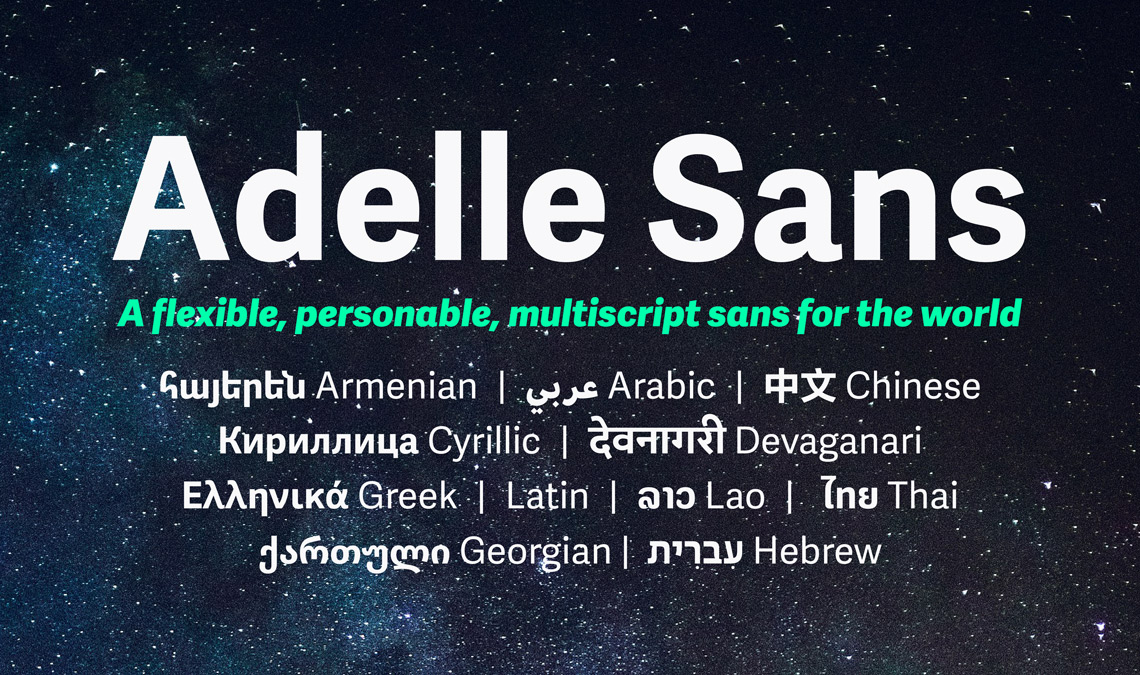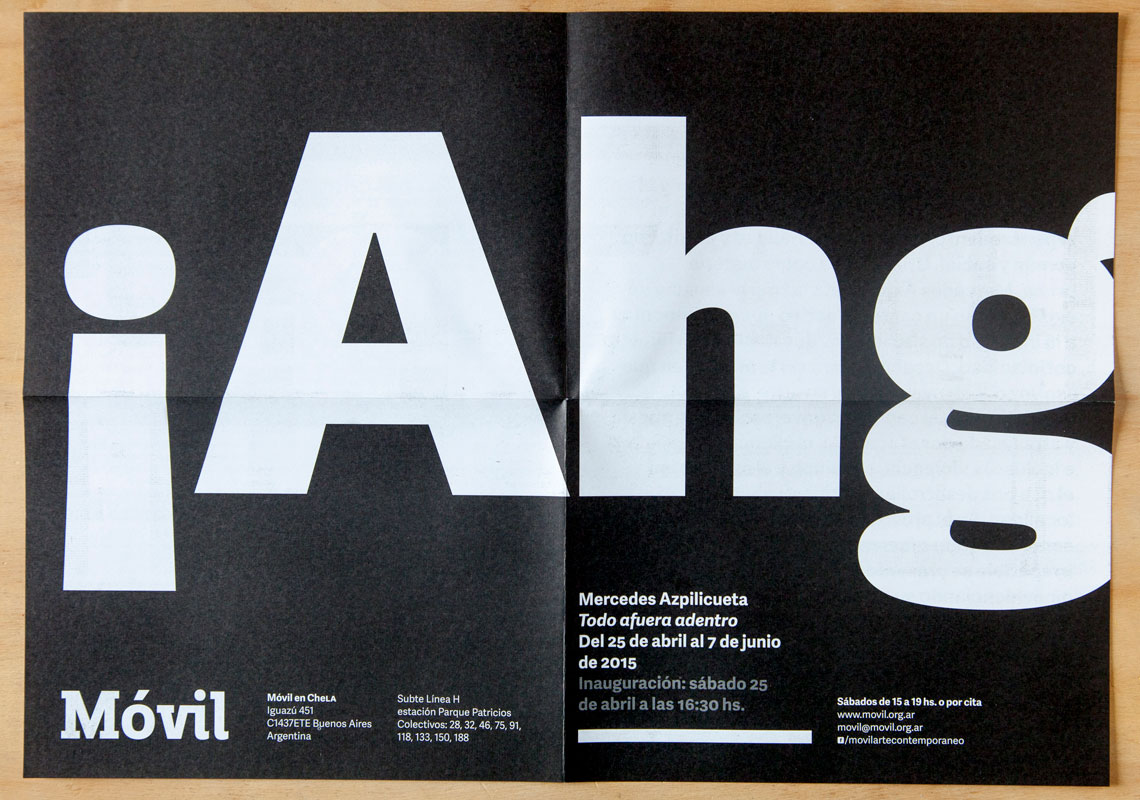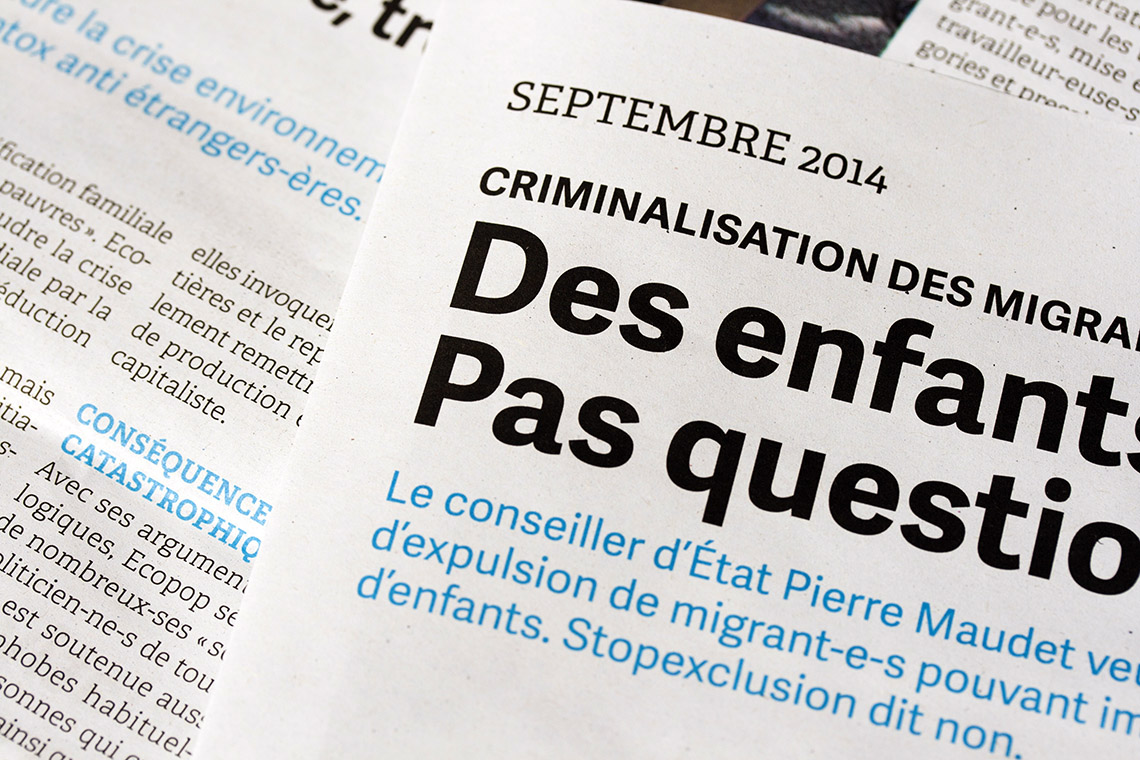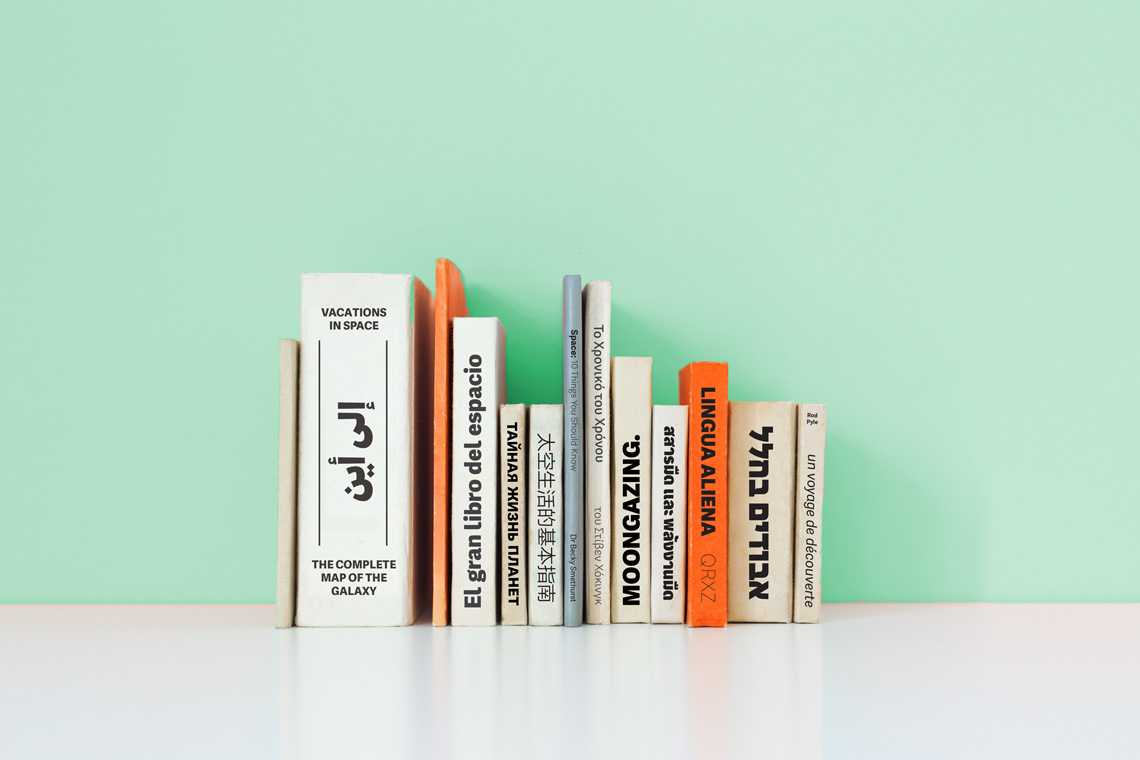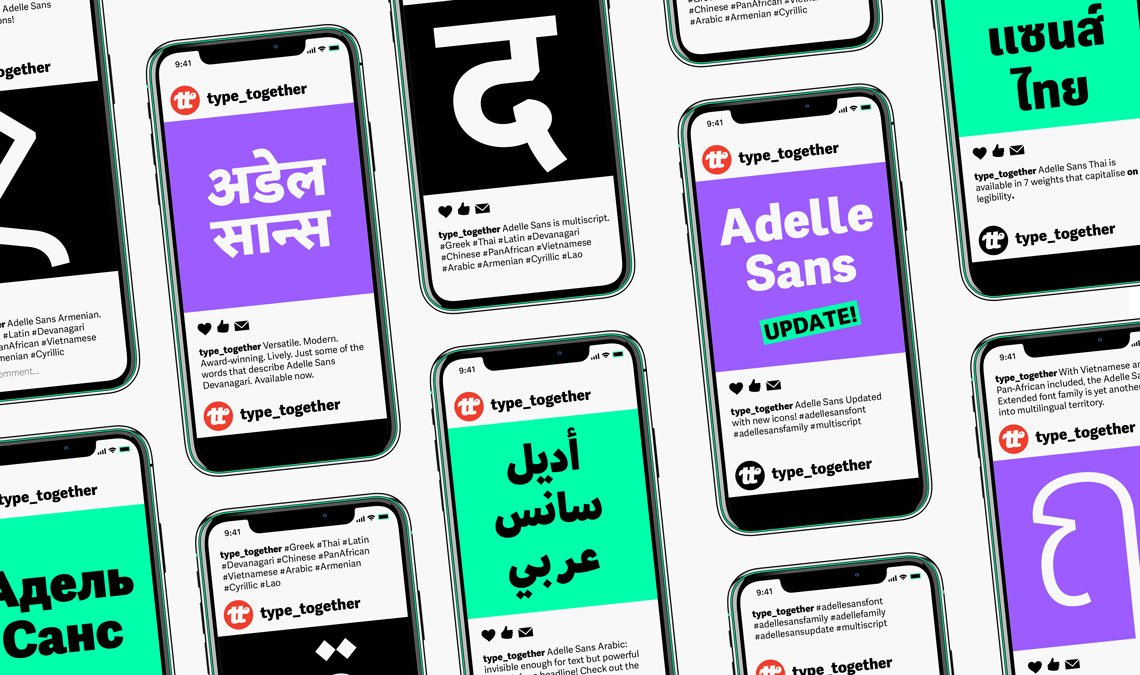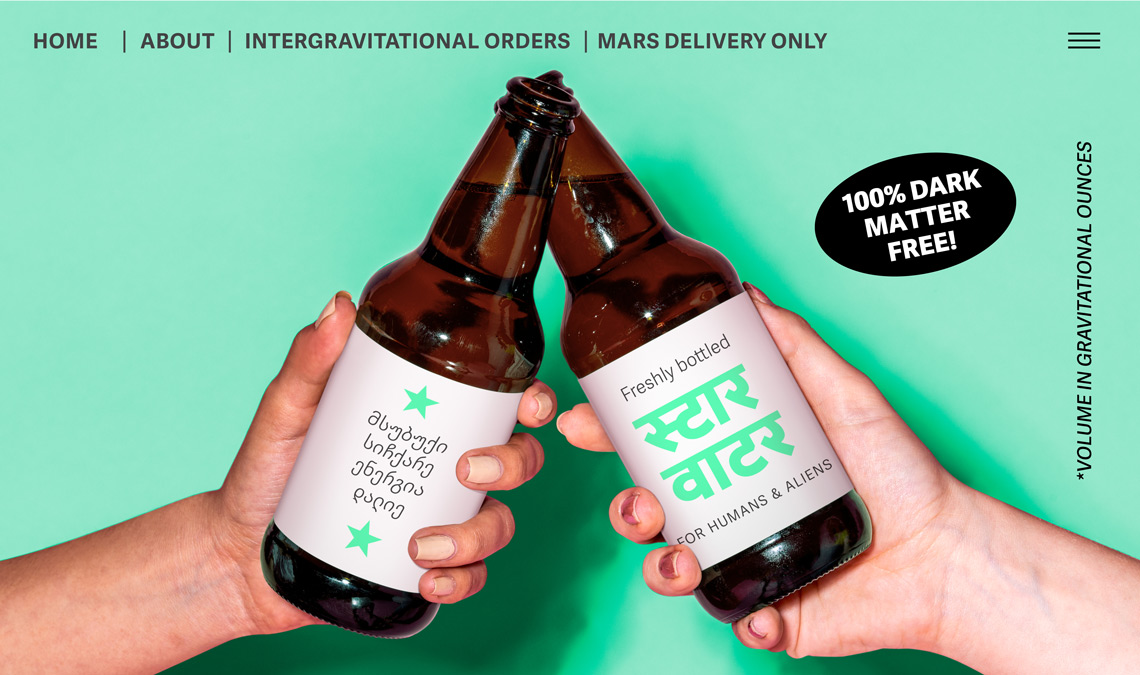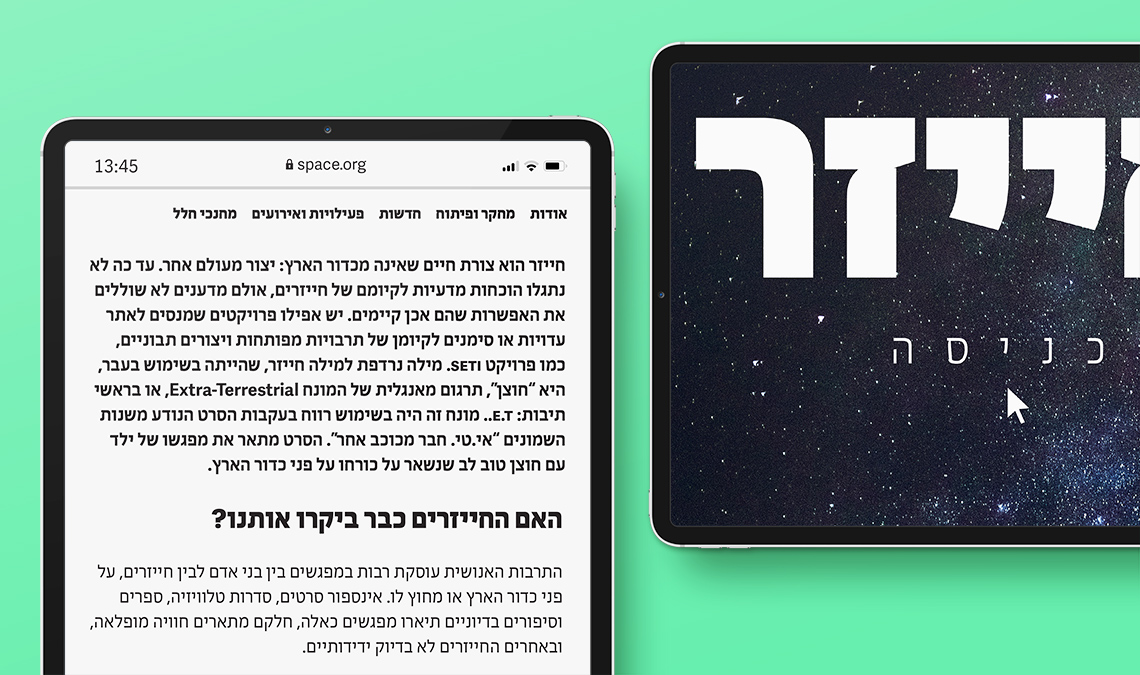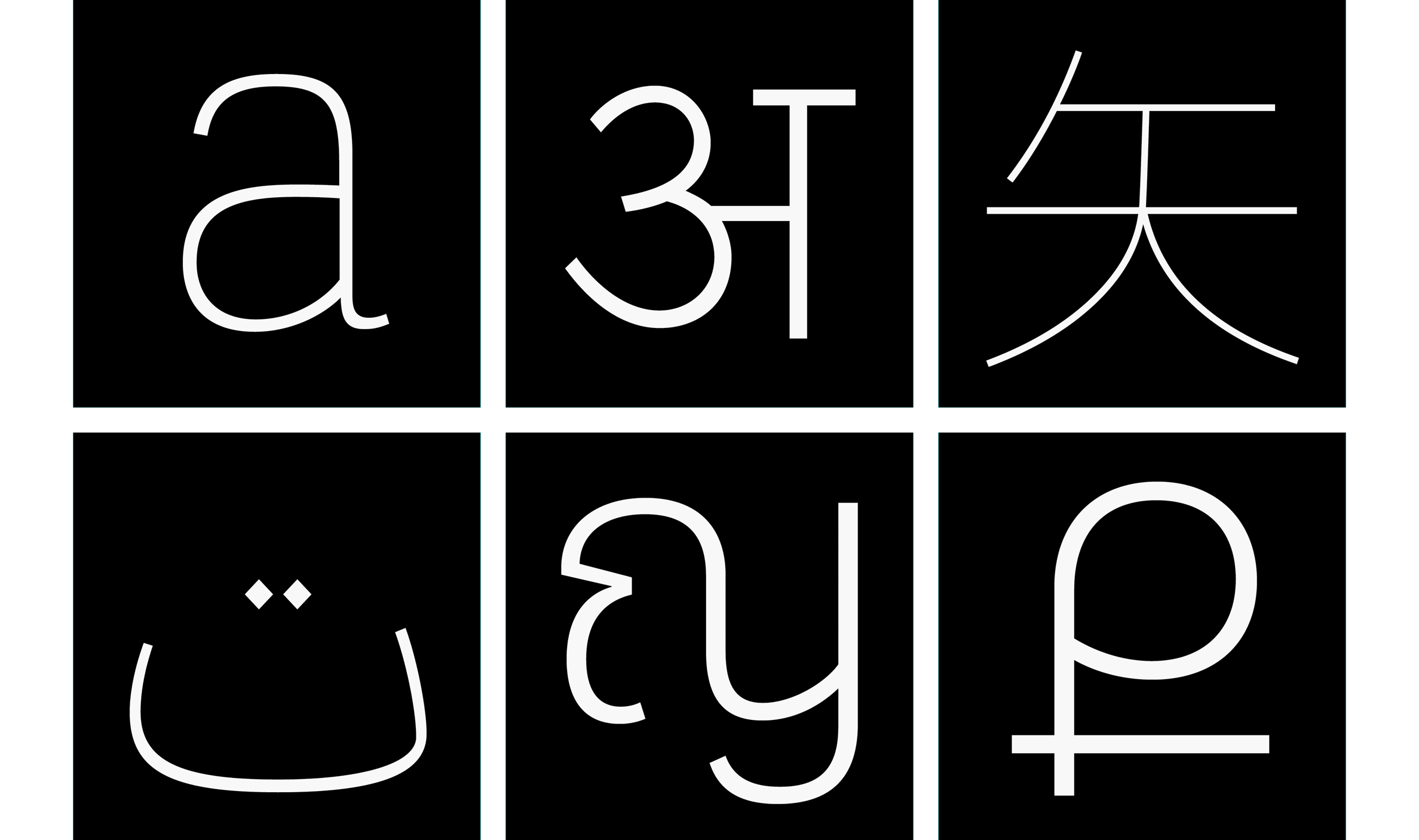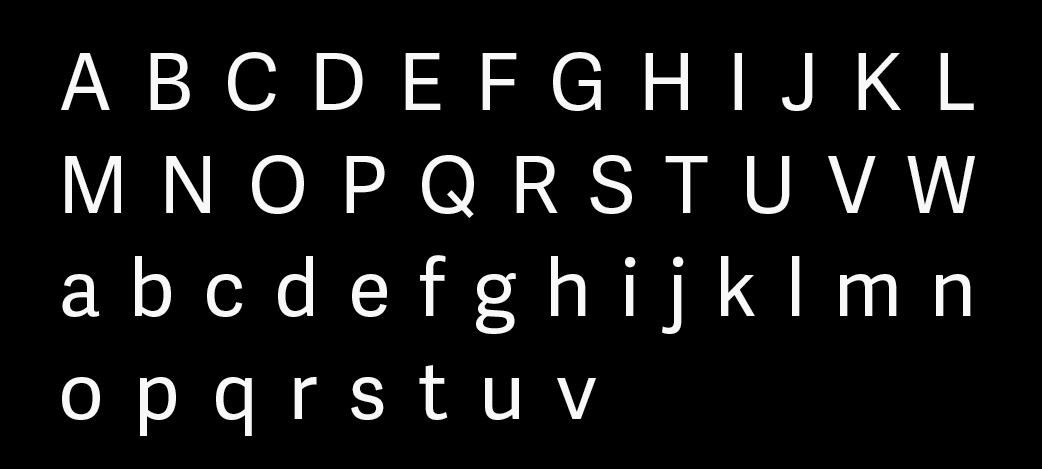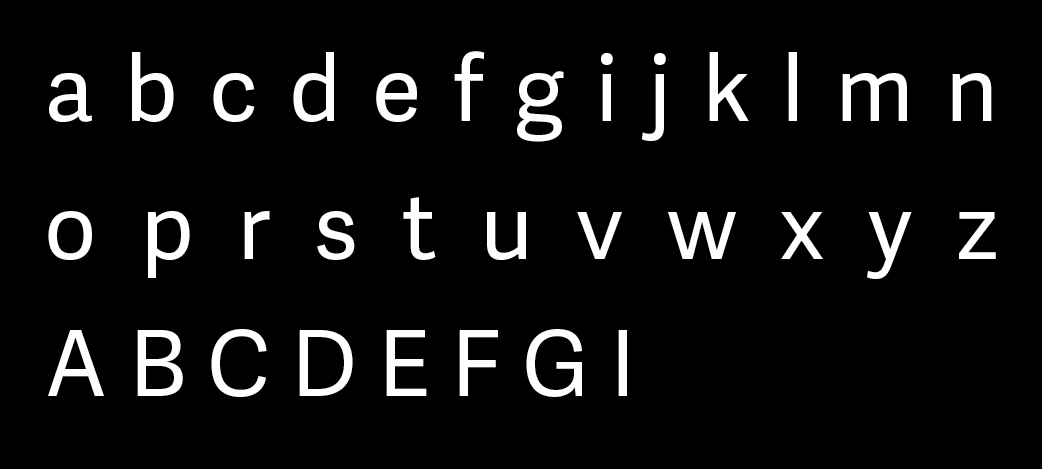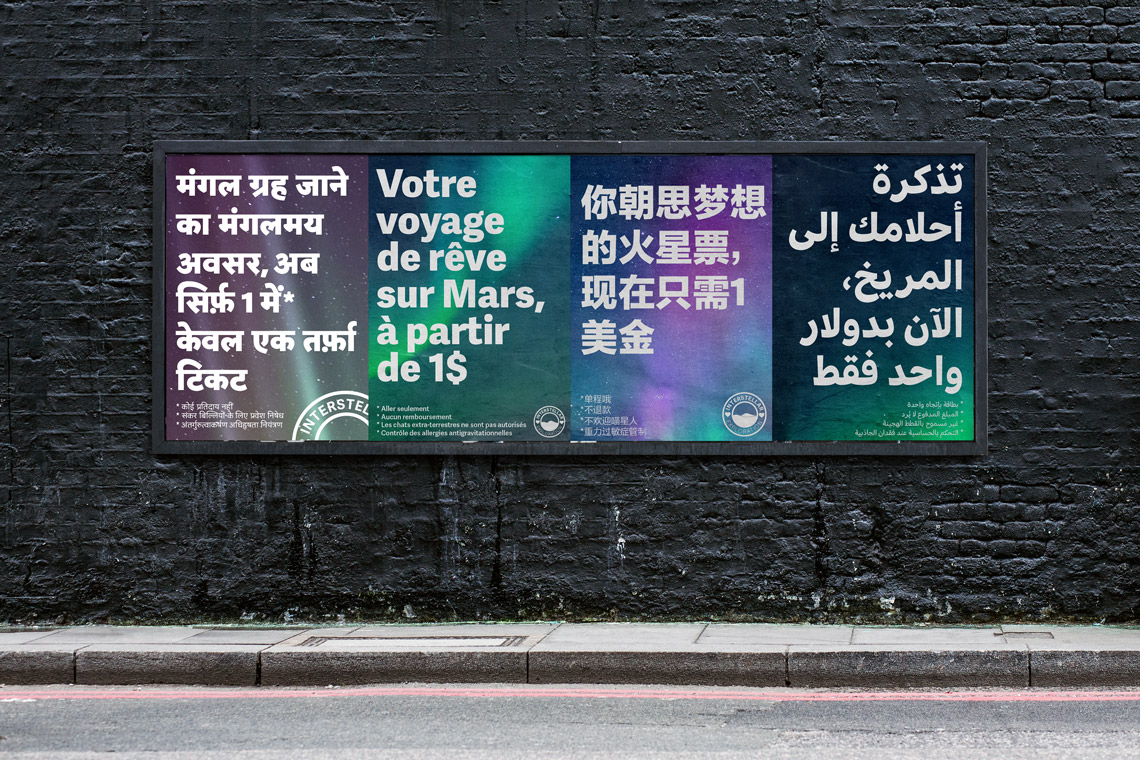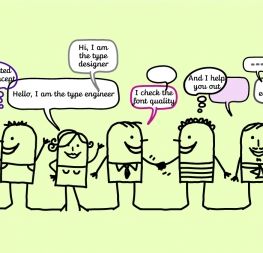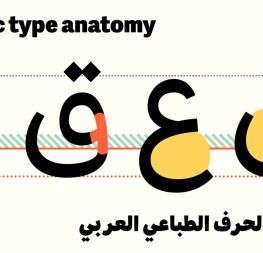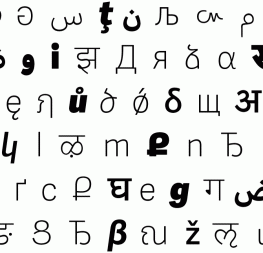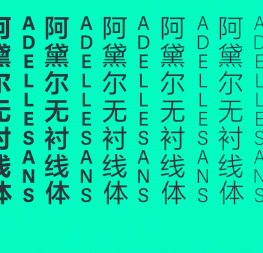Because the Latin is included alongside each of the subsequent Adelle Sans scripts, buying one global script will at least get you those two. Each Latin version comes with support for more than 150 languages and plenty of typographic goodies: small caps, ligatures, contextual alternates, a wide range of figures (oldstyle numerals, lining figures, proportional figures, tabular figures, denominators & numerators, fractions, superiors & inferiors, alternative fractions, historical forms, 5 sets of figures, slashed zero, etc.), as well as localised forms (Catalan, Turkish, Romanian, and Dutch), arrows, symbols, and a set of social media icons.
Additionally, each script includes stylistic alternates (like in Georgian and Latin Extended), localised alternates (Marathi and Nepali in Devanagari; Bulgarian, Ukranian, and Serbian in Cyrillic), ligatures (Thai, Armenian), contextual alternates (Armenian), and punctuation (Chinese).
Each script of the Adelle Sans family includes their specific currency: lary sign in Georgian; dong, French franc, and naira in Latin Extended; ruble in Cyrillic; rupee in Devanagari; dram in Armenian; kip in Lao; new shekel in Hebrew; baht in Thai; and of course euro in Latin and Greek.
In this new update* the stylistic sets are organised. This means that simply by applying stylistic sets, several scripts, fonts, and families can be used at the same time without them clashing into each other. Future scripts and future stylistic sets will be added into the organisation scheme when they are published.
[*NOTE: not implemented in all scripts; Devanagari, Greek, and Arabic have not been updated.]
Here are some of the OpenType features you will find in the Adelle Sans family:

